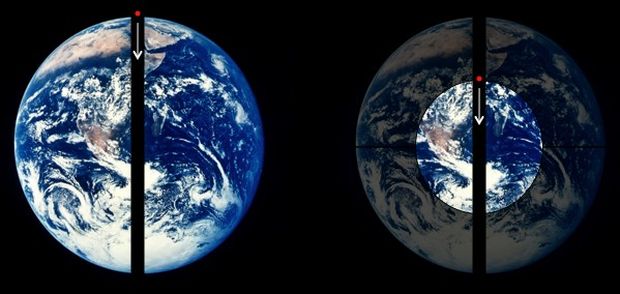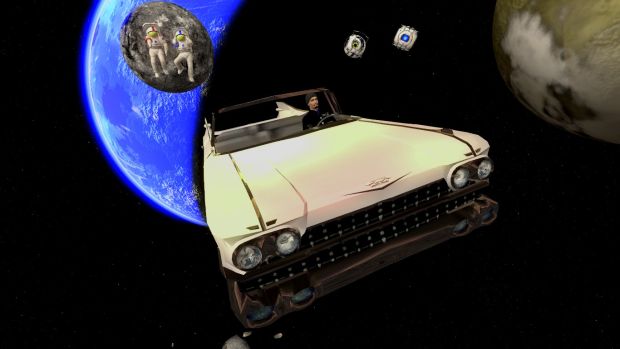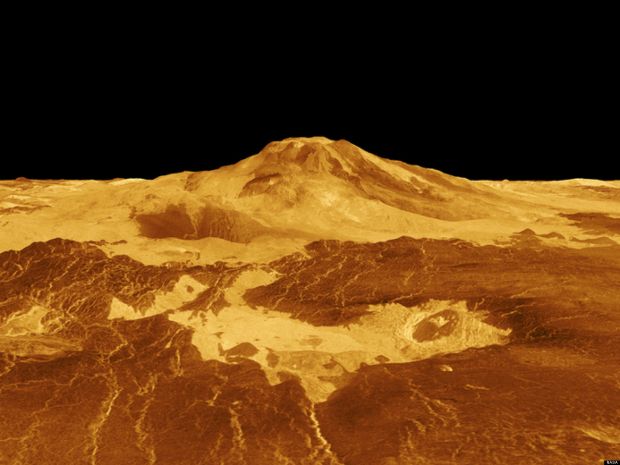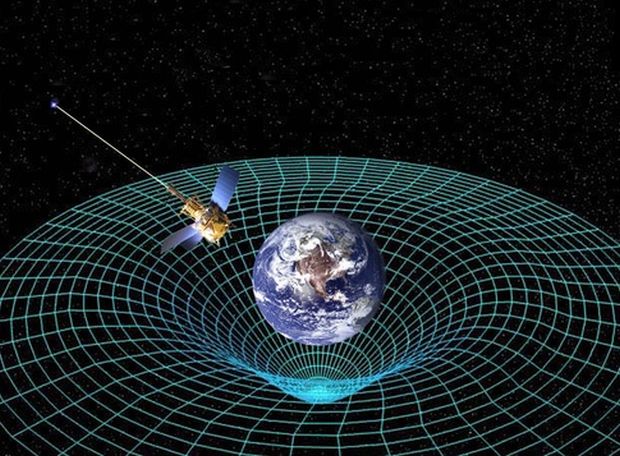Science has all the answers if not today eventually it surely will have the answers. Every day science surprises us with the discoveries that are going on within its field leaving us awestruck with the realization that we still know so little. This reminds me of a maxim, which goes like, the more we know, in other words, the more we are aware of what we don’t know.
So, I have compiled a list of 10 most interesting yet fascinating science facts that I have come across in the recent past days, as you’ll see them below:
1) If a straight tunnel is drilled through the center of the Earth, it would take nearly 42 minutes and 12 seconds to get to the other side, which means Americans would see themselves surrounded by the waters of Indian Ocean. Scientific American
2) If one could drive a car upwards at a speed of 95km/h, one can get into space within an hour.
3) Sound has an ability of producing light. Sonoluminescence
4) On Venus, it snows metal. We have snow-capped mountains on Earth but mountains on Venus have been found with two types of metals, galena and bismuthinite. Discovery
5) Light is affected by gravity. Physics StackExchange
6) The pink thing within corner of the eye is called the Plica Semilunaris. It is an evolutionary left over, also known of vestigial remnants of nictitating membranes. It could be our inner eyelid as are the cases with birds, fish, amphibians and reptiles. Wikipedia
7) An electron does not revolving around the nucleus in circular or elliptical path but like bees around a hive. Undetermined, complex, and unexpected. Avon Chemistry
8) The faster one go, the slower time passes. If somehow one manages to reach the speed of light or the universal speed limit, one ends at catching light from the past, which implies, one would actually be in the ‘past’. High Existence
9) A cumulus cloud of an average size weighs around 80 to 100 elephants yet with such a huge mass, the cloud never tumbles down. This is because the weight is not centered as hundred elephant-sized particles rather spread out into tiny droplets. Clouds’ buoyancy and less density than dry air, also add to the effect.
10) Nothing can be done to accelerate speed beyond the universal speed of light. Adding extra energy for increasing speed performance will make one heavier. Zidbits













